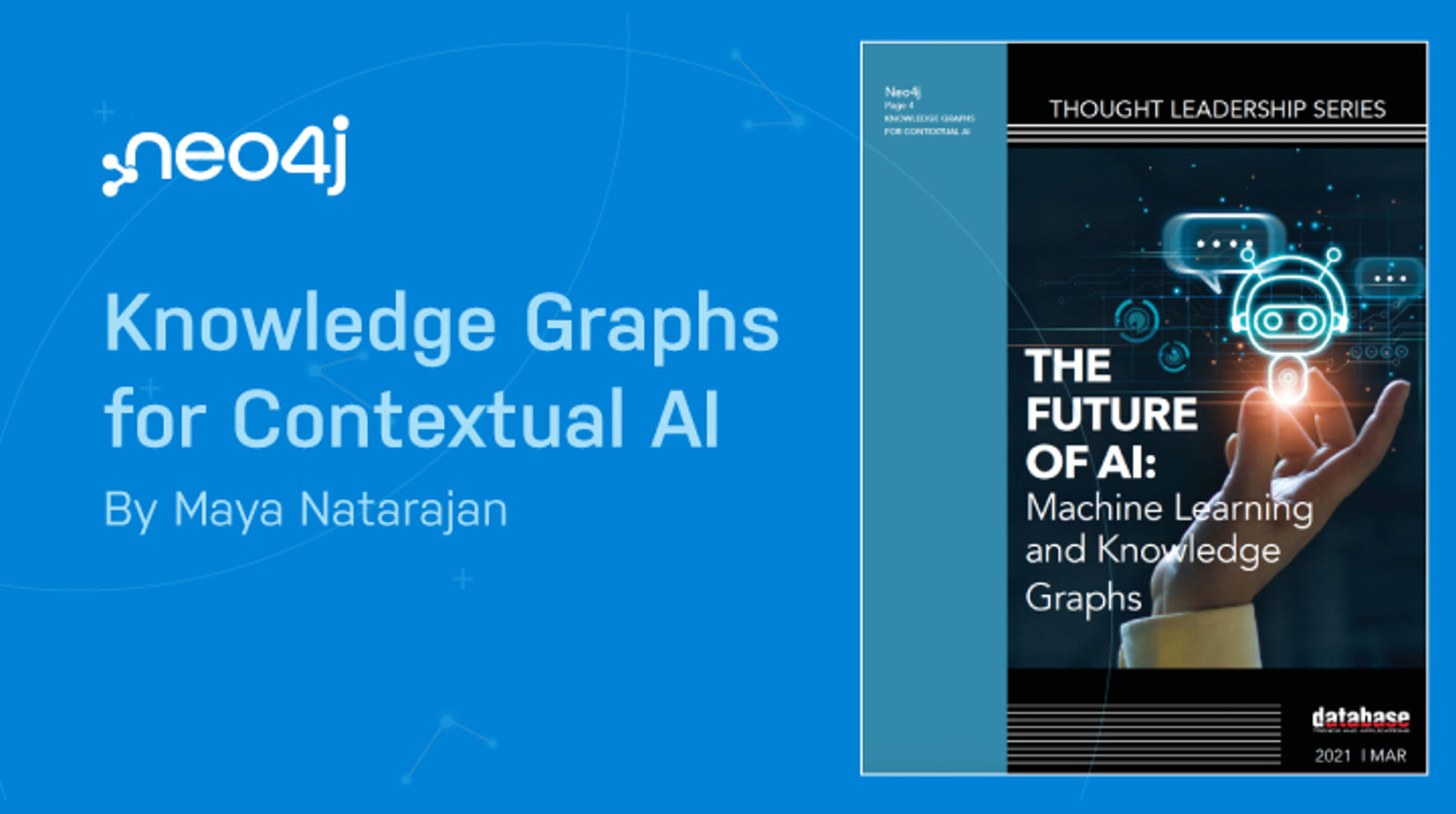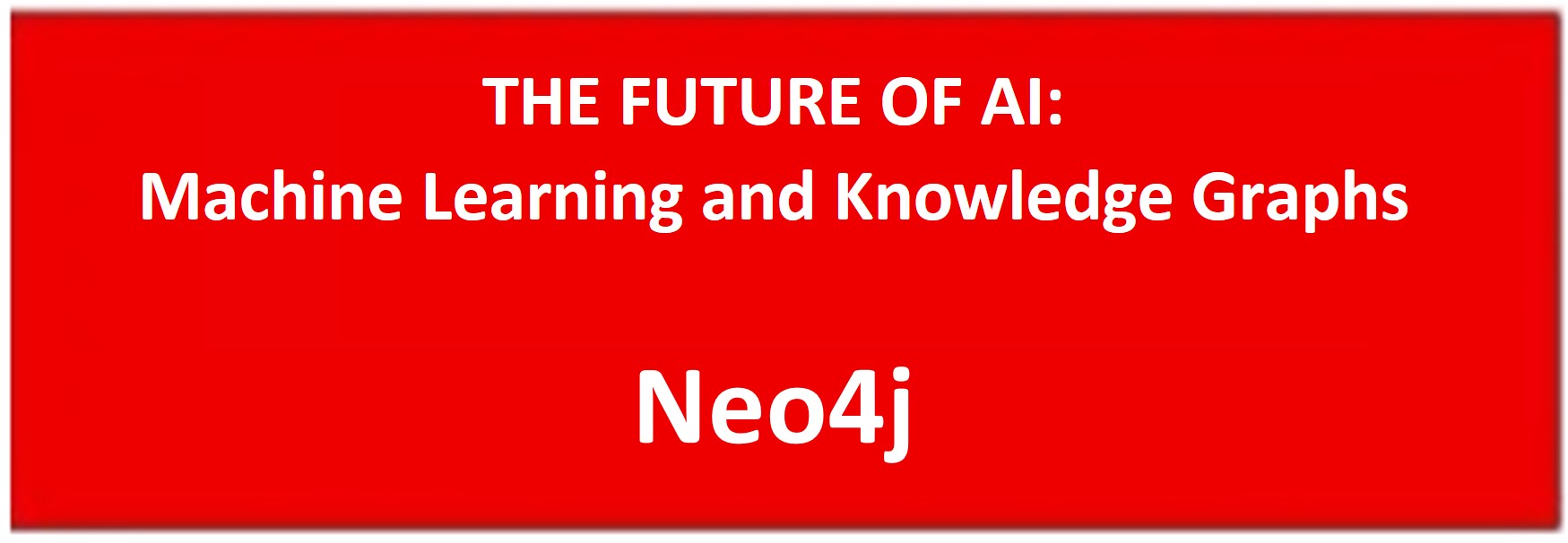
In an increasingly digitalised world, data and information are not only foundational and catalytic but fuel that drives almost everything. But more than just volumes of raw data and mountains of basic information, what is required for actionable, intelligent insights is the understanding of the complex relationships between data points and their nuanced correlations.
As organisations across the public and private sectors become increasingly reliant on AI tools and platforms for decision-making, knowledge graphs take on more significance. They offer a comprehensive way to represent data relationships and derive meaning. Knowledge graphs embed intelligence into the data itself and offer AI the tools to make sense of it all – to be more explainable, accurate and repeatable.
THE FUTURE OF AI: Machine Learning and Knowledge Graphs is a great read for forward-thinking organisations that are keenly aware of the power their data represents and who understand that its proper use empowers intelligent decision making.
Read more to gain a better understanding of the power of knowledge graphs that can vastly improve decision-making and impact business performance and outcomes.






















